In today’s business landscape, consumers are faced with different types of intrusive marketing strategies. They get unwanted ads both online and offline.
Given that most consumers are already desensitized to these types of marketing strategies, more businesses are looking for a different approach. They need something fresh to scale their business.
One marketing strategy that can help with all of these needs is called inbound marketing. The strategies used here don’t force the brand to be in front of the customer’s face. But rather, these are strategies that attract customers to look into the business and search more about the brand.
If you’ve been looking for a different approach for your marketing strategies, consider knowing more about inbound marketing. Below are different activities you can do when it comes to this type of marketing.
What Is Inbound Marketing?
Some say that inbound marketing is a sure way to improve the current state of your business. When it is partnered with other softwares like growth hacking tools, it’s a pair that’s a match made in heaven. Utilizing both things allows your business to grow at a rapid pace.
But what exactly is inbound marketing?
Inbound marketing is the process of making your customers find your company. It’s the opposite of outbound marketing wherein you put your brand out there through billboard ads, event sponsorships, print marketing, TV ads, etc.
The process involved in inbound marketing is all about showing your value to your customers and prospects. By giving value, you attract customers to know more about your business. You intrigue them on what your brand is all about.
On top of creating valuable content, businesses also make sure that these campaigns and strategies are tailored to their audience – it’s not a one-size-fits-all approach.
Personalization gives out a higher conversion and click-through rate. This type of content is known to have better metrics and is capable of hitting marketing KPIs.
Now that you know what inbound marketing is, it’s time to go deeper into the topic. Let’s discuss the different inbound marketing strategies that you can do right now.
9 Inbound Marketing Strategies
1. Share Your Story
Nothing draws people more than a well-told story. As mentioned, inbound marketing is all about attracting your audience. And a way to do this is by telling your brand’s story.
There’s a reason why companies share their “why” to the public so that they can attract consumers that support and believe in their cause.
Nike’s reason is to bring inspiration and innovation to every athlete in the world. Tesla's goal is to accelerate the world's transition to sustainable energy.
Once people know what your business or brand stands for, they’ll be more inclined to purchase from you if they support your beliefs.
2. Be Social In The Digital Space
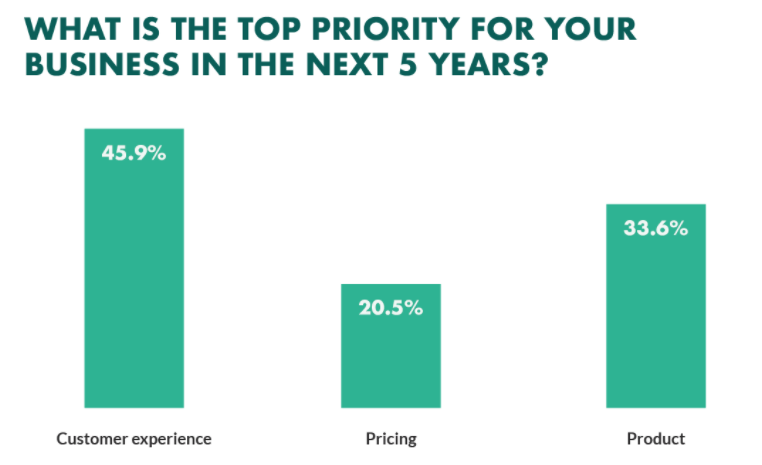
Whenever you see someone that’s friendly, kind, and smart at a conference, it’s impossible to resist the feeling of making acquaintances with the person. You see no risk in being friends with the guy.
This is exactly the persona you want your business to be seen in the online world. So how can you show that you’re friendly, kind, and smart? You can do so on social media platforms. Be friendly to your audience, cater to their needs, and add value to them.
Once they see these characteristics, they’ll be drawn towards your profile and proceed to your website to know more about you.
Some big companies value this aspect so much that they invest in a social media engagement tool to make sure they’re on top of every response or comment they get.
Look at how Key West Aloe puts in the effort to respond to every comment in their posts:

Notice how it’s not an automated response. It’s personalized and in context to what their audience is saying.
3. Create Value-Packed Blog Contents
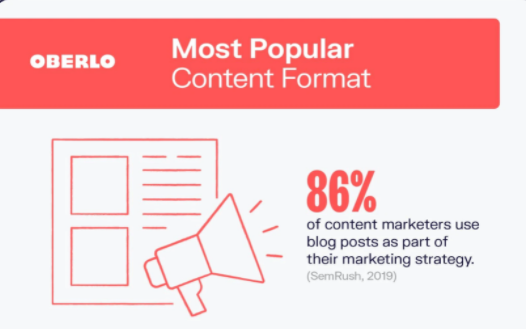
A way to add value to your audience is to share information through written content. All sizes of businesses do this because it’s one way to teach their audience, share their products, and display their expertise.
If blogs weren’t helpful, big companies like Amazon, Tesla, and Microsoft wouldn’t have spent time and effort in doing this activity. But that is simply not the case. Blogs benefit e-commerce stores no matter the size.
Blogging is an avenue for brands to educate their audience. It’s also a way to share updates and announcements.
Showmojo, a self-showing rental property platform, uses its blog page to announce its products and promotions. It also has blog posts that inform and educate its audiences.
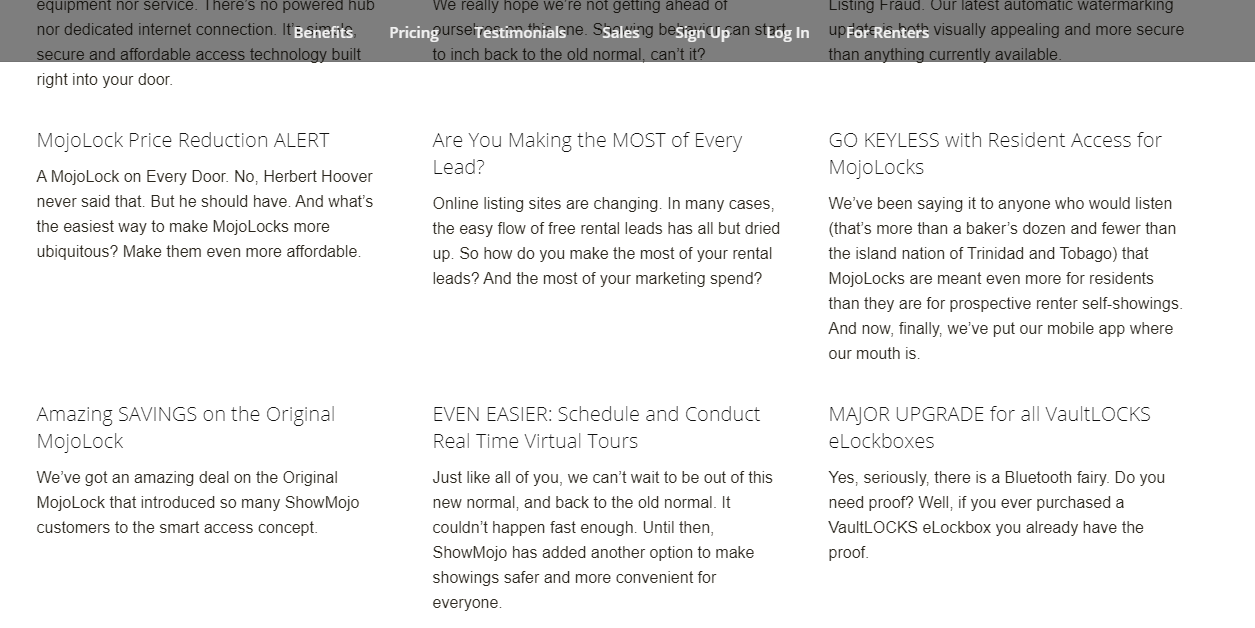
An additional tip to create a value-packed blog is to include images. This makes the overall content engaging and easy to read. You can insert tables, diagrams, and even infographics.
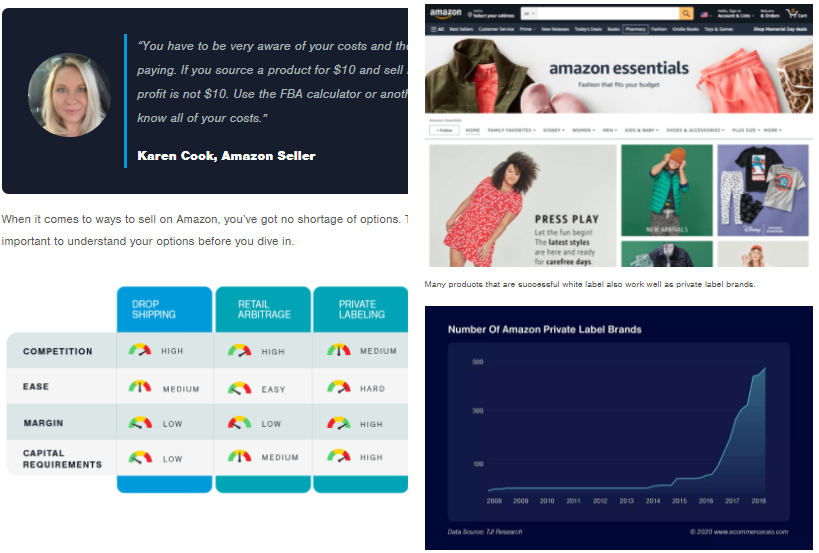
Look at how e-commerceCEO’s blog on How To Sell Amazon. Not only is it teaching its audience a detailed way on how to do something but their overall content is engaging as well. It used diagrams, quotes, screenshots, and graphs.
Remember, one of the most important benefits of blogging is creating content that can improve the lives of your audience. The most engaging blogs are topics that can help with their business and personal development.
4. Guest Blogging
We believe that guest blogging is one of the top inbound marketing strategies out there.
Guest blogging is a way for bloggers to display their knowledge and skill in front of a whole new audience. It’s a way to show your value to different sets of people.
Once you’ve created a great post and people see value from it, it can start a whole new inbound traffic for your website.
A guest blog if created properly can attract motivated leads, qualified traffic, increase brand visibility, and build authority for your business.
5. Use Infographics

As effective as blogs can be, some people just don’t have the time to read a whole article. If you believe your audience is in the same group, you can use infographics.
Infographics combine both the graphic elements and the written part of the content. It allows businesses to present big ideas in small spaces. Infographics condense information into one image that makes it visually appealing to see.
It’s an advantage to use infographics because it’s one of the best ways to affect learning and information the most. According to Forbes, it’s the first among powerpoints, articles with images, and blog posts.
So if you want to show value or present a unique idea to your customers and prospects, using infographics is one of the best ways of doing so. If you don’t know how to create such images, don’t settle. Instead, consider hiring freelance graphic designers to cater to your idea.
Take a look at how Spores explained its tokenomics (a topic that’s new to many) to its audience using a single infographic:
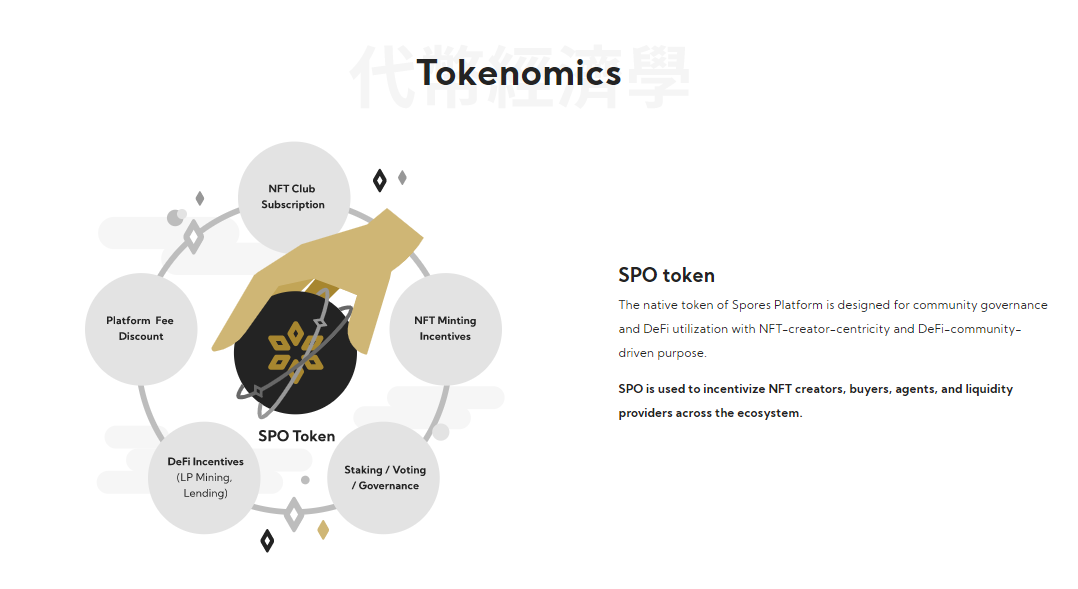
Another example is how MannequinMall used an infographic to make the topic of dressing mannequins interesting:
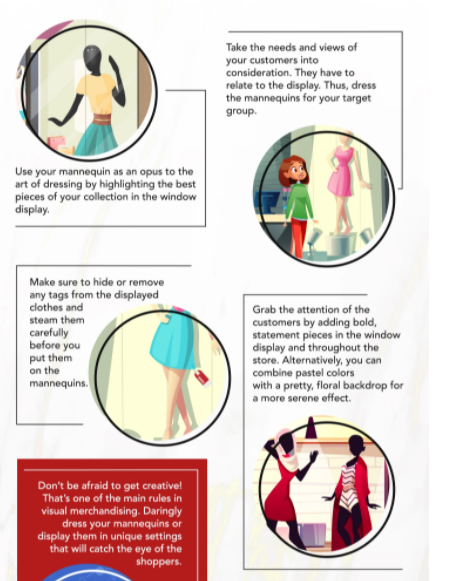
Rather than discussing each point in a blog form, they used colorful graphics to engage the audience as they read the whole thing. Plus, each point only comes with a short description – they didn’t settle with long paragraphs. This made the whole infographic and the whole content easy to read.
6. Use The Virality Potential Of Videos
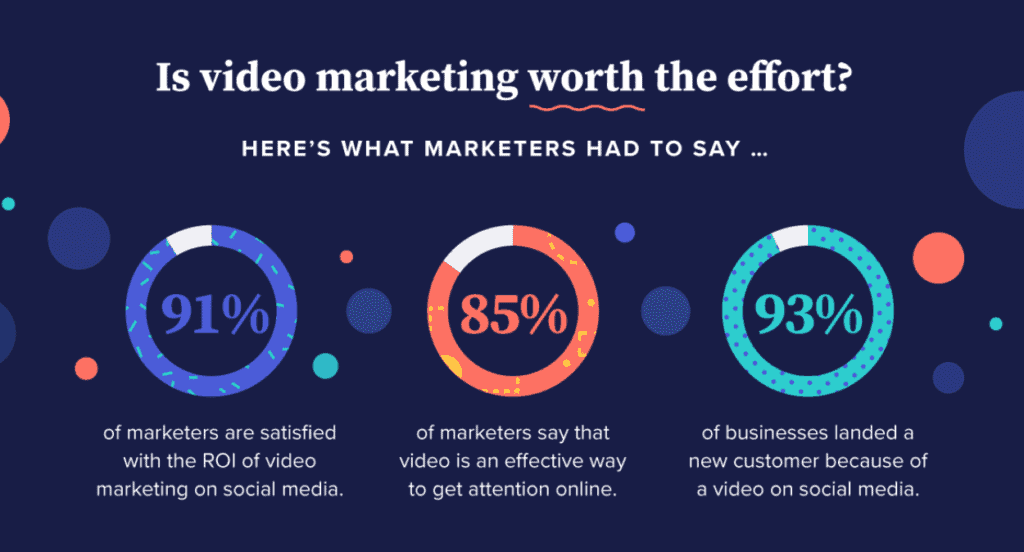
If there’s one content that has the highest potential to go viral, it’s video content. That’s why a lot of businesses outsource videographers just to have video content released. To some, they do it on their own since there’s many free online video maker software out there.
Videos are much more engaging than an image and a set of paragraphs. Businesses can express themselves more in a video than in any other format. They also make product videos to really highlight the best features of their item.
But not every video is created equally. The length for it to be engaging and received well by people will depend on the market. To some businesses, their audience likes 1 minute or less videos. As for others, their audience likes a longer format.
So if you’re unfamiliar with what your customers like, it’s time to do some testing on your end. See what kind of videos they engage in the most. If you’ve seen the metrics, stick to what’s working and has the most engagements.
Once you’ve determined the perfect video length for your audience, it’s time to experiment on what type of video content do they like the most – do they love tutorials, how-to guides, or one-minute explanations?
Video content though isn’t just limited to advertisements – webinars and online conferences with customers also fall under this category.
7. Influencer Marketing

Most brands don’t realize just how influential these influencers are. Some of these influencers have successfully built a solid fan base that is really loyal to them. That’s why some businesses always allocate a budget for influencer marketing.
Inbound marketing plus influencer marketing is such a great combination to have that research shows 86% of marketers use this strategy.
The reason why this combination works is that audiences don’t feel like they’re being sold to when they hear it from their favorite influencer.
It’s natural for a business to market their products but most of the time, consumers believe that they’re marketing it for their own financial good. But if it comes from a person that they look up to, it feels more of a recommendation than an effort to sell them.
The payment structure could differ per business. A brand can approach an influencer and talk about being an affiliate of their business. Wherein they’ll introduce a referral program or an affiliate structure that works for both parties.
8. Give Freebies
Aside from giving out valuable content like blogs and videos, another option for you to do is to give out free digital resources.
Consumers are naturally drawn to free things. That’s why we have free tastes in groceries and free promos in shopping malls.
By giving out free digital products, not only do you get attention but you also give them a sneak peek of what your business is about.
If you’re a personal brand that teaches SEO marketing, you can give out a free PDF of your books. If they like the product, they’ll be searching for more resources coming from you. That’s where you can introduce your other books or services.
But freebies aren’t limited to digital products, giving your clients free consultation or an hour of your time will be greatly appreciated.
By giving out free things, you’re not forcing your business on your customers. It’s the consumers that are naturally coming to you. And if they like what they’ve received, they’ll surely come back for more.
9. Search Engine Optimize Everything
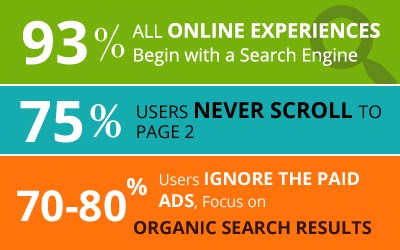
What better way to end an inbound marketing strategy section than making everything search engine optimized.
A strategy that’s used by many to not be intrusive is to show up on search engines. Whenever your target audience is searching for keywords that relate to your business, you want your website or page to be on the first page of Google.
It’s no secret that ranking on Google is a hard feat to achieve but it’s not impossible. A way to increase your chances of ranking is to optimize everything you produce online.
From your blog posts to video content, you need to make sure that they are optimized. Here are a few ways to do so:
- Make original content
- Picking the right keywords
- Add meta descriptions
- Insert meta tags
- Add relevant links
- Construct attention-grabbing titles
- Use headings properly
- Include call-to-actions
- Make it engaging
- Promote the content
5 Problems That Inbound Marketing Solves
Now that you know the best strategies under inbound marketing, it’s time to further convince you what this marketing does to your business problems.
Most people think that outbound strategies are the only way to see real conversions but allow me to reveal 5 problems that inbound marketing solves:
1. Driving traffic to your business
We all want traffic going to our business. Traffic means more people get to see our products which results in a higher chance of converting a sale.
When you optimize every content you put out there, you increase the chances of getting seen organically without spending a single dime on promotion or advertisements.
Getting more traffic is one of the problems solved by inbound marketing. When you’re not trying to forcefully push your brand to be seen, consumers will naturally check your brand out.
2. Brand awareness
When you bring value to your audience, it’s natural for them to share your content especially when they see it as helpful for others.
That’s one of the benefits of putting time into your content. The greater the quality is, the more people appreciate it and share it with others.
Plus, with the added effort of optimizing your content, you increase the chance of ranking in Google or other search engines. Just being on the first page allows people all over the world to know your brand.
3. Customer retention
When you take care of your audience, the more loyal they will be. By giving valuable information that can improve their lives and business, they won’t look for any other business anymore.
If you give them free digital resources because they need them, they’ll greatly appreciate the gesture and will continue transacting with your business.
Looking after your audience through the content you produce will give great results both short and long term.
4. Conversion rates
Do you know what makes people buy? It’s convincing them that your product solves their problem. But the “convincing” part shouldn’t come in the form of sales pitches or the act of using predictive dialers. Instead, approach your customers like a friend. Converse with them in the same manner as well.
This strategy is the foundation of many inbound strategies like conversational commerce and personalized marketing.
Ultimately, when you see them as a friend rather than customers, your marketing campaigns will see improved results and a better conversion rate.
5. Increased sales
All of the things mentioned above only point to one direction – an increase in sales. More traffic to the business increases brand awareness, more customers being loyal, and a high conversion rate leads to more sales.
Conclusion
The inbound marketing strategies mentioned here attract customers for the reason that it doesn’t feel like they’re being sold to. The strategies here are educational, engaging, and sought out by consumers themselves.
When inbound marketing is done right with the proper effort and time allocated to it, the strategies can ultimately bring you more sales and can grow your business exponentially.
Author Bio

Burkhard Berger is the founder of awesomex™. You can follow him on his journey from 0 to 100,000 monthly visitors on www.awesomex.com. His articles include some of the best growth hacking strategies and digital scaling tactics that he has learned from his own successes and failures.

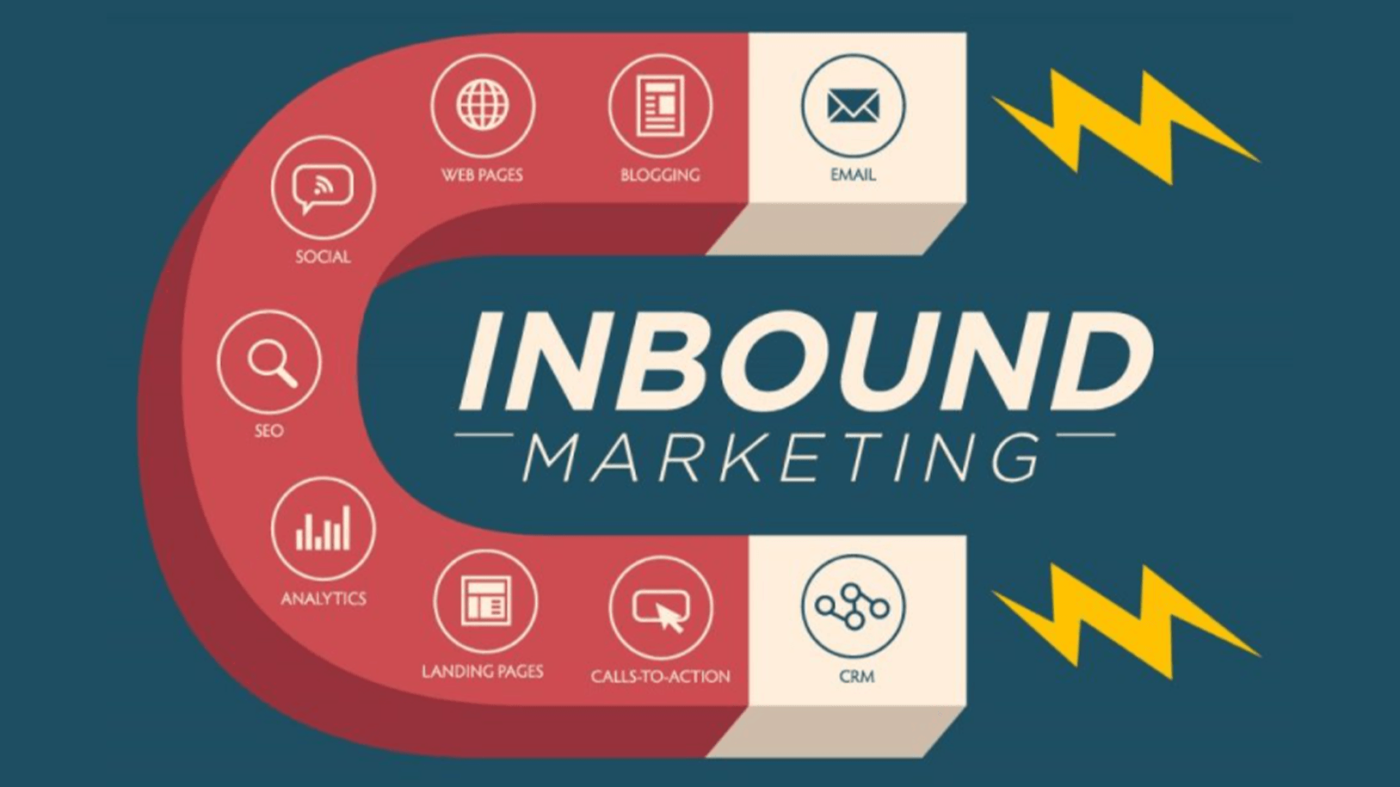

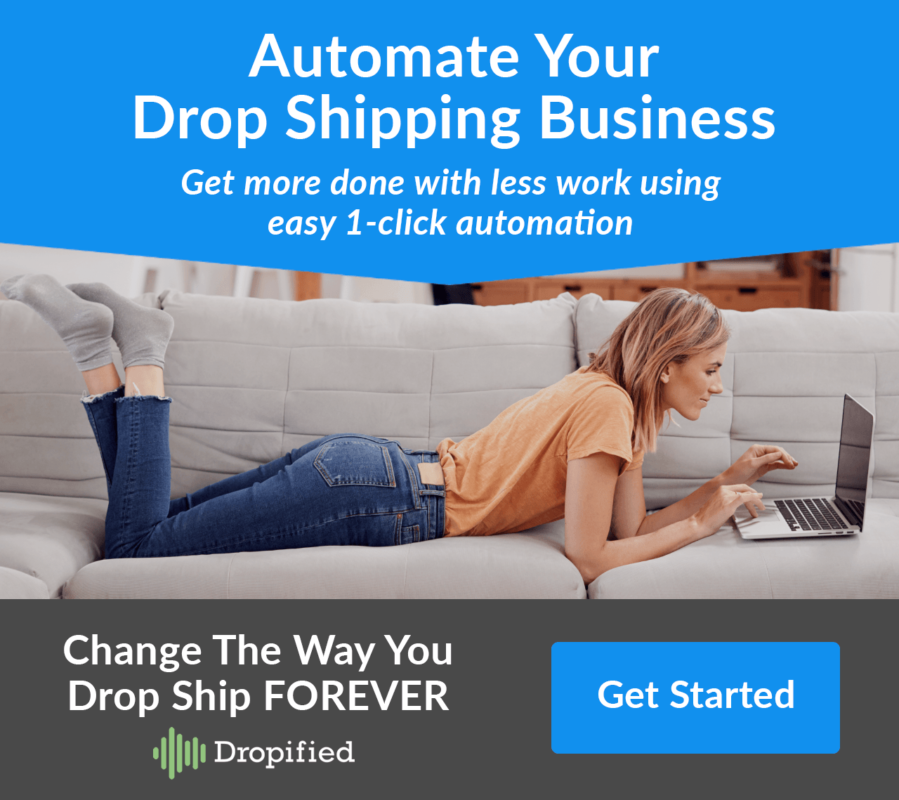
Very nice really amazing post thank for this.
Informative blog post on inbound marketing strategies. It offered helpful insights and practical tips for improving brand visibility and attracting customers. Well done!